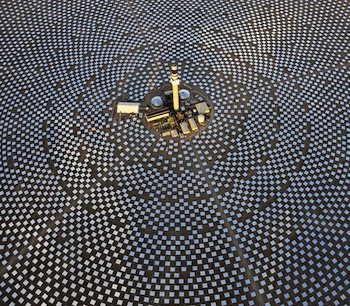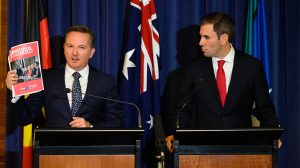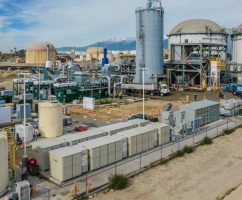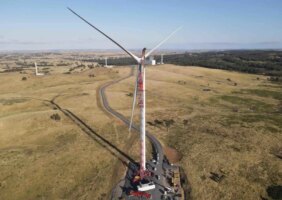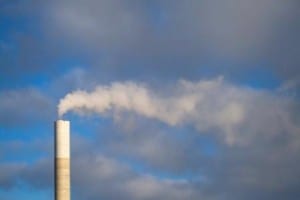The Coalition government says it has begun seeking feedback from the industry on its proposed $110 million funding offer for a solar thermal power plant in Port Augusta in South Australia, and plans to seek applications by the end of the year.
Energy and environment minister Josh Frydenberg – fresh from a visit from the large solar tower and storage plant under construction in the Negev Desert in Israel – said the feedback would help determine how the Australian Renewable energy Agency and the Clean Energy Finance Corporation would make funds available.
Under a deal struck with the Nick Xenophon team to pass tax measures earlier this year, the Coalition promised to make the $110 million available in the form of a concessional loan – at the government bond rate plus 1 per cent.
However, some in the industry say that the money might be more useful as an equity contribution rather than a loan and the government appears to have absorbed that. Wednesday’s press release made mention only of an “equity investment” rather than finance. Apparently, the change was made in the budget papers.
“CST (solar thermal) plants operate in a similar way to traditional fossil fuel power plants with steam spinning a conventional turbine which means they can contribute to network stability and reliability when coupled with built-in storage,” Frydenberg said in a statement.
“CST plants are being developed across the world including one which I visited with ARENA’s CEO (Ivor Frischknecht) in the Negev Desert in Israel. The Negev Desert has a similar solar radiation profile to Port Augusta which means Australia is well placed to take the learnings from that development and apply them here.”
Interestingly, the government release came just one day after ARENA had told a Senate committee that it was considering a range of locations for solar thermal funding, and not just Port Augusta, and intended to seek expressions of interest “within a few weeks.”
The government decision to call for applications only at the end of the year may make it difficult to dovetail this financing help with the South Australian government tender for 75 per cent of its electricity needs to be met by a new, dispatchable energy plant.
SolarReserve, which is proposing a 110MW solar tower with molten salt storage in Port Augusta, is thought to be one of three short-listed projects, and its offering would no doubt benefit from any federal funds.
There are several potential contenders for the Port Augusta project. SolarReserve is the only company to have completed a project of that scale, having commissioned its 110MW unit in Nevada early last year.
Apart from its plans for a similar plant in Port Augusta, it has talked of the potential to build up to six plants in South Australia, and a network of plants in Queensland. It is building a new plant in South Africa and pursuing projects in China, US, Chile and the Middle East.
John Hewson has also flagged a potential solar tower with storage project in South Australia, although it has quietly dropped plans for a pilot plant, and the technology seems largely untested.
Hewson said that the company, now known as Port Augusta Graphite Energy, had submitted an “unsolicited” offer with the South Australian government, although he insisted the project did not need government funds to go forward.
Vast Solar is another Australian company with solar tower technology, having built a pilot plant and with plans for a 30MW facility in NSW. Several international players are also in the market.

